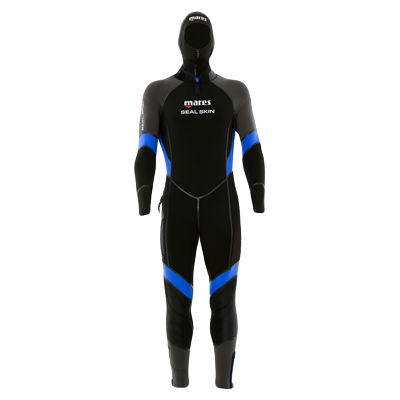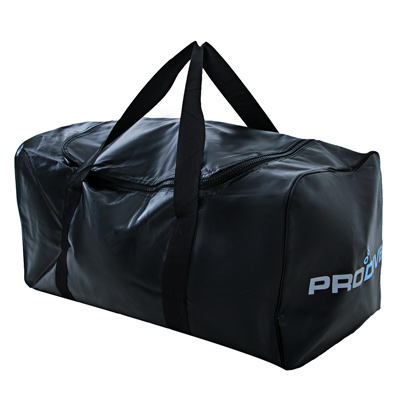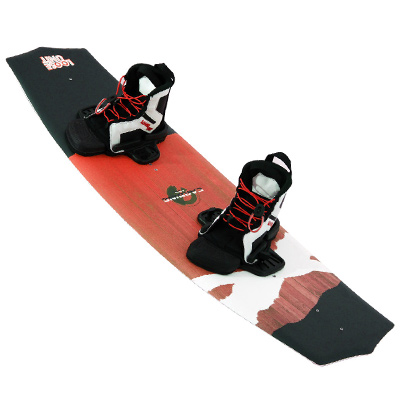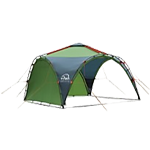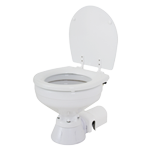-
Shop our Range
▼
-
Deals & Promotions
►
Featured Deals & Promotions
-
Fishing
►
Featured Fishing Categories
-
Boating
►
Featured Boating Categories
-
Marine Electronics
►
Featured Marine Electronics Categories
-
Diving & Snorkeling
►
Featured Diving & Snorkeling Categories
-
Watersports
►
Featured Watersports Categories
-
Apparel
►
Featured Apparel Categories
-
Camping & Hiking
►
Featured Camping & Hiking Categories
-
RV & Motorhomes
►
Featured RV & Motorhomes Categories
-
Hunting
►
Featured Hunting Categories
- Cool Stuff ►
- Shop By Brand
-
Deals & Promotions
►
-
How Can We Help You?
Give Us A Call 1800 154 713
Or get us to call you... request a call back
- Australia's Fastest Delivery with TGE Courier
- Free Delivery on orders over $199* Metro only. T&Cs Apply.
- Full Warranty And No Worries Returns We'll refund, repair or replace
- Insanely Easy Returns via ParcelPoint 1500+ locations Australia-wide
- Lowest Price Guarantee Find a lower price, we'll match it or we can do better!
- Massive Range 21,000+ products in stock ready to ship!
- AfterPay Shop Now. Pay Later.
- Details
-
Details
Airmar B175C-12-H-BL 1kW High Frequency CHIRP 12 Degree Tilted Element Navico 7-Pin (Blue)
High Frequency 130 kHz - 210 kHz, Depth and Temp
Airmar's new Broadband / CHIRP transducers represent the next generation of technology that will allow fishermen to unlock new secrets in fishfinding. Echosounder operation away from the traditional 50 kHz and 200 kHz has proven that different fish species return better signals at various frequencies. Airmar's Broadband Transducers are capable of operating over a wide (or Broad) frequency band ranging from 25 kHz to 60 kHz and from 130 kHz to 210 kHz.
Traditional fishfinders transmit a pulse at a single-frequency (50 kHz or 200 kHz) which is often referred to as a tone burst. Better deep-water and bottom detection is obtained by transmitting a longer pulse, because the fishfinder is delivering more energy to the transducer. However, the drawback of a long pulse is that it provides reduced target resolution. For example, if a fishfinder transmits a pulse that is 500 microseconds in duration, it has a pulse length of 0.7 m (2.4'). With a tone burst, no targets can be resolved that are closer to one another than the pulse length. So fish less than 0.7 m (2.4') apart, or less than 0.7 m (2.4') from the bottom, can not be detected. Fish schools will appear in this case as a single large mass, while fish close to the bottom will appear attached to the sea bed and will be difficult or impossible to detect.
With CHIRP the transmission pulses are typically very long and may start at 40 kHz and end at 60 kHz. By comparing the shape of the stored transmission pulse with the received echoes from the transducer, it is possible to find echoes in the noise and precisely determine their range with astounding accuracy (see photo). Using CHIRP it is now possible to obtain:
Features:- Much greater range because very long pulses can be used.
- Much better resolution because the sonar pulse is swept across a frequency band (from 40 kHz to 60 kHz, for example).
- Enables targets to be precisely located within inches on the display using pattern matching techniques.
- Closely spaced fish and fish laying on the bottom can be accurately detected and displayed as distinct targets.
Because weak fish and bottom echoes can be resolved within the noise (the snow' on a conventional fishfinder display), it is possible both to detect targets at far greater depths than before and track the bottom at higher boat speeds.
Features:
- Operating frequencies:
-
- B175L-Chirps from 40 kHz to 60 kHz
- B175M-Chirps from 85 kHz to 135 kHz
- B175H-Chirps from 130 kHz to 210 kHz
- Beamwidth (Adjustable):
- B175L-32 degrees to 21 degrees
- B175M-24 degrees to 16 degrees
- B175H-15 degrees to 9 degrees
- 12 m (40') cable
- Depth and fast-response water-temperature sensor
- Same elements and performance as the B765LH/LM offered in a
low-profile housing
- Bronze transducer housing
- Boat Size: Up to 11 m (36')
- Hull Type: Fiberglass or wood
Products You Recently Viewed
-
Airmar B175C-12-H-BL 1kW High Frequency CHIRP 12 Degree Tilt Navico 7-Pin Blue
 ONLY $2,149.00
ONLY $2,149.00Ships Mar 29 - Apr 18























